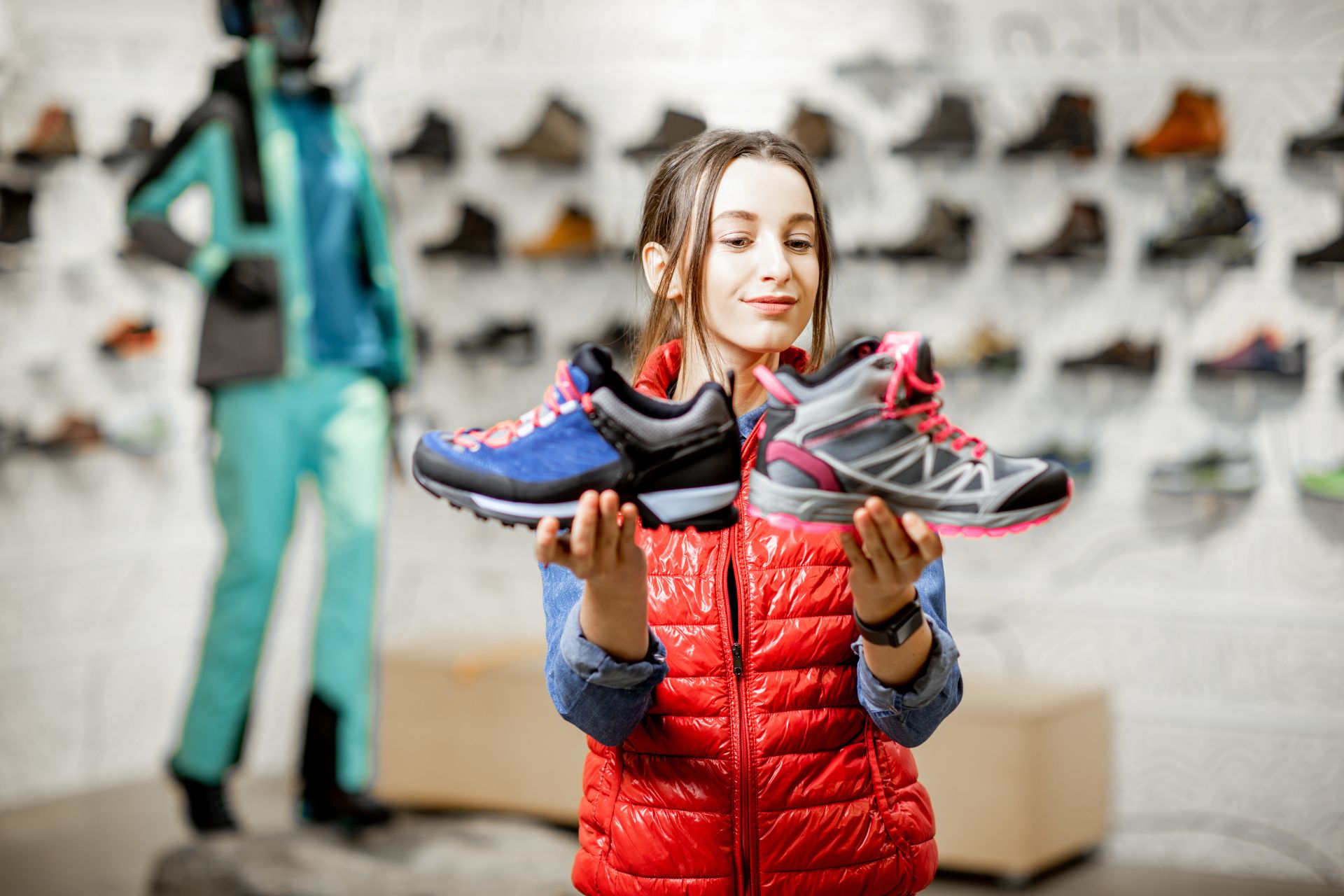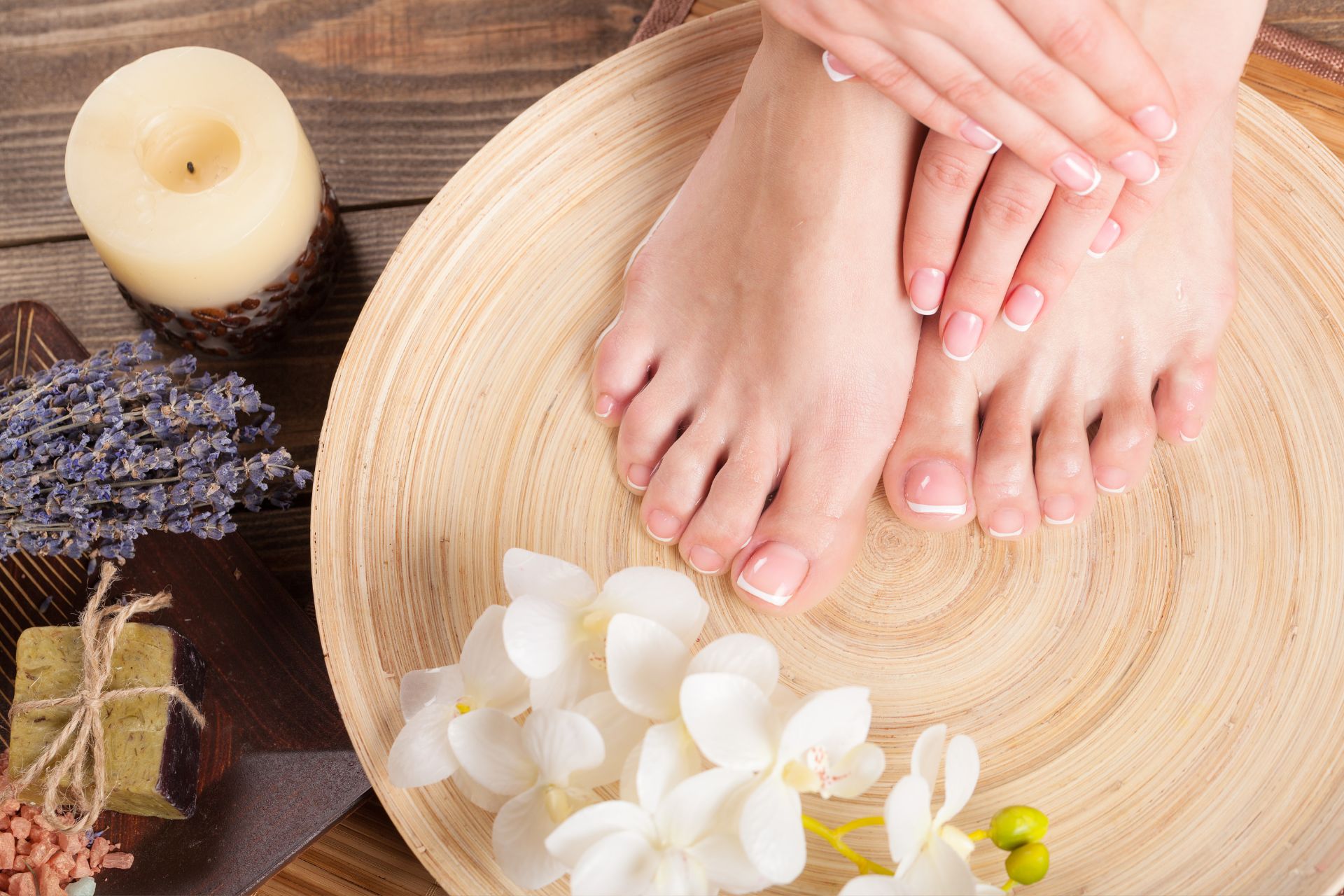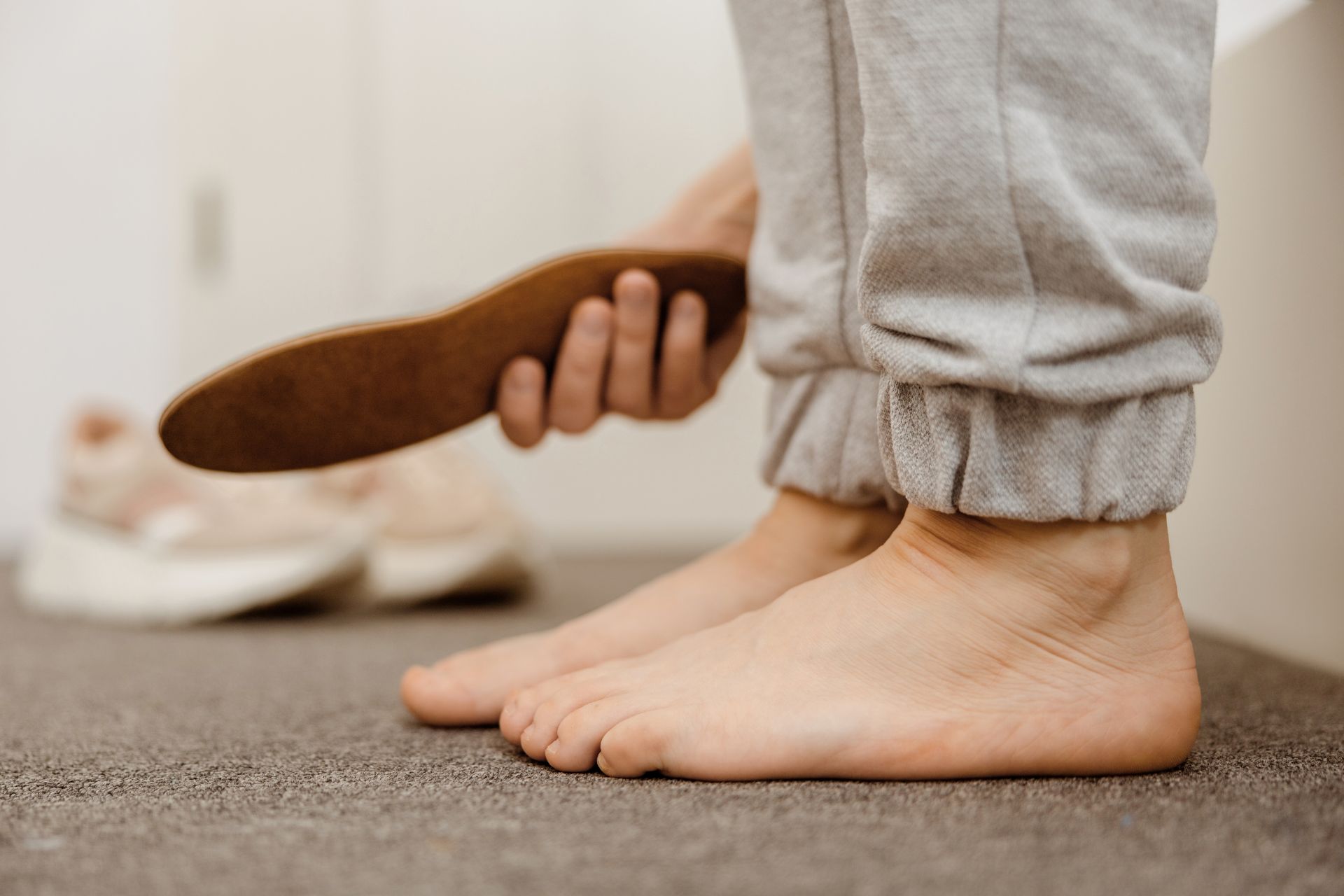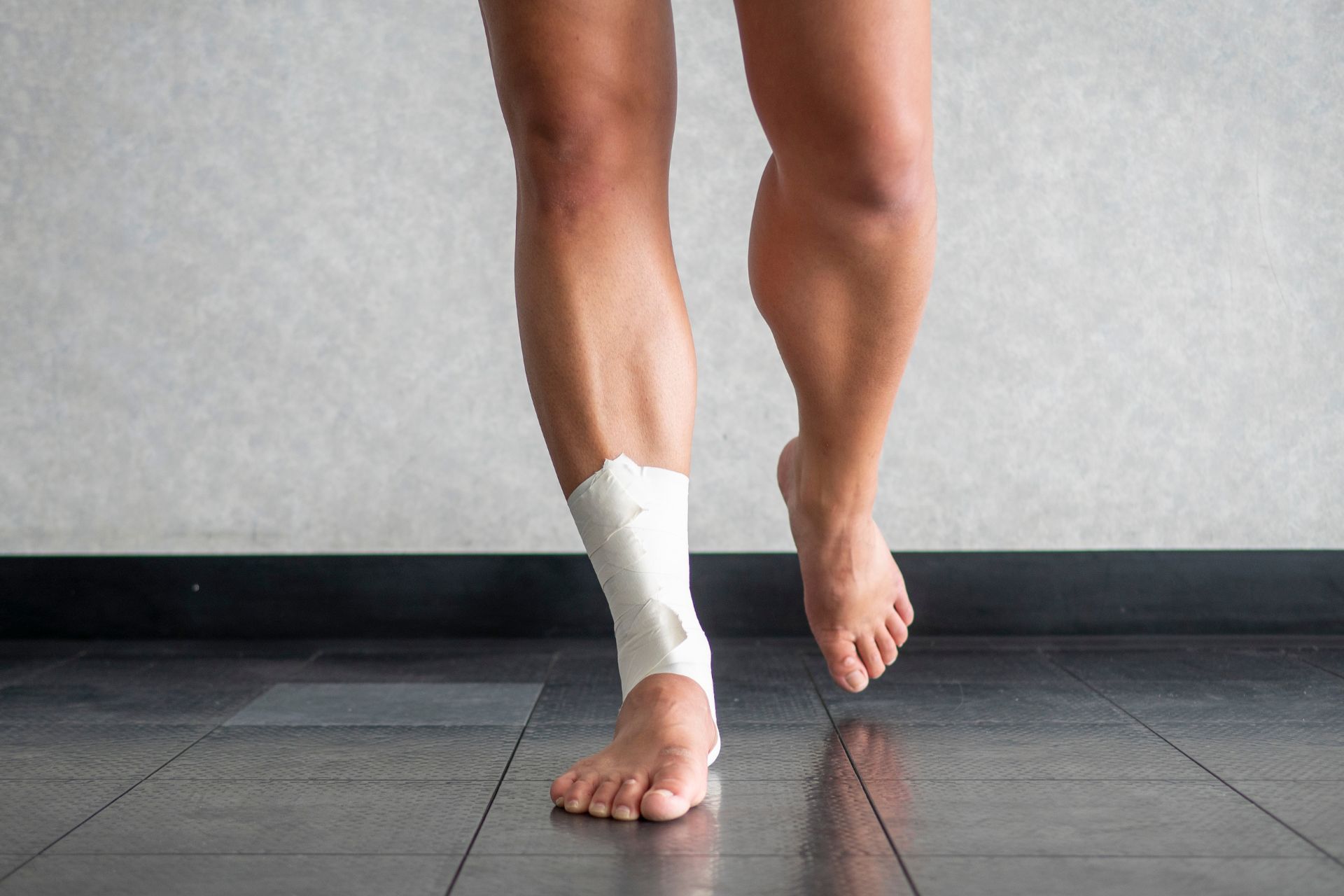Finding the perfect pair of shoes can significantly impact your overall well-being. Whether you’re standing all day, running errands, or just looking for something to keep your feet happy, choosing the best comfortable shoes is essential. This article will guide you through the critical factors to consider when selecting footwear that will keep you comfortable and supported throughout your daily activities.
Understanding Your Foot Type
One of the first steps in selecting the right shoes is understanding your foot type. People generally fall into one of three categories:
- Flat Feet: Individuals with flat feet have little to no arch, which can cause overpronation, where the foot rolls inward excessively. Look for shoes with good arch support and stability features to correct this.
- High Arches: High arches can lead to underpronation, where the foot rolls outward. Cushioned shoes with a soft midsole can help absorb shock and provide necessary support.
- Neutral Feet: If you have a neutral foot type, you have a moderate arch that naturally supports your body. Most shoes will suit you, but it’s still essential to focus on comfort and fit.
Prioritizing Proper Fit
A well-fitting shoe is crucial for comfort. Here’s what to keep in mind when trying on shoes:
- Length and Width: Ensure there is about a thumb’s width of space between your longest toe and the end of the shoe. Your toes should have enough room to wiggle without feeling cramped. Consider both the length and width of the shoe, as some brands may fit differently.
- Heel Fit: The heel should fit snugly without slipping. A slipping heel can lead to blisters and discomfort.
- Try Them On: Always try shoes on with the socks you plan to wear. Walk around the store to test comfort and fit. It’s best to shop for shoes in the afternoon or evening when your feet are naturally more swollen.
Evaluating Cushioning and Support
Comfortable shoes should provide adequate cushioning and support. Consider the following features:
- Arch Support: Look for shoes with built-in arch support or those that accommodate custom orthotics. This is especially important for individuals with flat feet or high arches.
- Cushioning: The right amount of cushioning can prevent foot fatigue. Shoes with cushioned insoles, midsoles, and heels can absorb shock and provide comfort throughout the day.
- Heel Support: A firm heel counter (the part of the shoe that wraps around your heel) can offer stability and support, preventing excessive movement and potential injuries.
Choosing the Right Material
The material of your shoes can greatly affect comfort and breathability. Common materials include:
- Leather: Durable and often molds to the shape of your foot over time. It provides good support but may require a break-in period.
- Mesh: Lightweight and breathable, ideal for athletic shoes or warm climates. It allows air to circulate, keeping your feet cool and dry.
- Synthetic Materials: Often used in affordable shoes, these materials can offer a good balance of support and breathability but may not be as durable as leather.
Considering Activity-Specific Features
Different activities require different types of shoes. Ensure you choose shoes designed for your specific needs:
- Running Shoes: Look for lightweight, breathable materials with ample cushioning and support. Running shoes should also provide good traction and flexibility.
- Walking Shoes: Opt for shoes with cushioning and arch support, but with less rigidity than running shoes. A rounded sole can help promote a natural stride.
- Work Shoes: For jobs that require long hours on your feet, consider shoes with extra cushioning, arch support, and slip-resistant soles. If your workplace has specific requirements, such as steel-toe boots, ensure the shoes meet those standards.
- Casual Shoes: When choosing everyday shoes, focus on comfort and versatility. Sneakers, loafers, or casual slip-ons can provide the support you need while complementing your style.
The Importance of Proper Footwear Maintenance
Once you’ve found the perfect pair of comfortable shoes, proper maintenance is essential to extend their lifespan and keep them supportive:
- Rotate Your Shoes: Wearing the same pair of shoes every day can cause them to wear out quickly. Rotate between a few pairs to give each one time to rest and recover.
- Clean Regularly: Keep your shoes clean by wiping them down with a damp cloth and letting them air dry. Avoid using harsh chemicals that could damage the material.
- Replace Insoles: If the insoles become worn out, replace them with new ones to maintain the cushioning and support. Custom orthotics can also be a good investment for long-term comfort.
- Monitor Wear and Tear: Regularly inspect your shoes for signs of wear and tear. Replace them when the soles become uneven or the cushioning loses its effectiveness.
Recognizing When It’s Time for a New Pair
Even the best comfortable shoes won’t last forever. Pay attention to the following signs that indicate it’s time for a new pair:
- Visible Wear: Check the soles, heels, and uppers for significant wear and tear. Worn-out soles can affect traction and support.
- Decreased Comfort: If you start experiencing discomfort or pain that wasn’t there before, it may be time for new shoes. Over time, the cushioning and support materials can break down.
- Loss of Support: If the shoes no longer provide the arch support or stability they once did, it’s a sign they need replacing.
Seeking Professional Advice
If you’re still unsure about the best shoes for your needs, consider consulting a professional:
- Podiatrists: A podiatrist can provide personalized recommendations based on your foot type, gait, and any specific issues you may have. They can also suggest custom orthotics if needed.
- Specialty Shoe Stores: Staff at specialty shoe stores are often trained to assess your foot type and recommend suitable options. They can also measure your feet accurately, ensuring a proper fit.
Stepping into Comfort
Choosing the best comfortable shoes involves understanding your foot type, prioritizing proper fit, and considering factors like cushioning, support, and material. By taking these elements into account, you can find shoes that will keep your feet happy and healthy throughout the day.
Ready to find the perfect pair of comfortable shoes? Contact Steady Gait Foot Clinic in Scarborough for professional advice and a wide selection of footwear designed to meet your needs. Your feet deserve the best!
